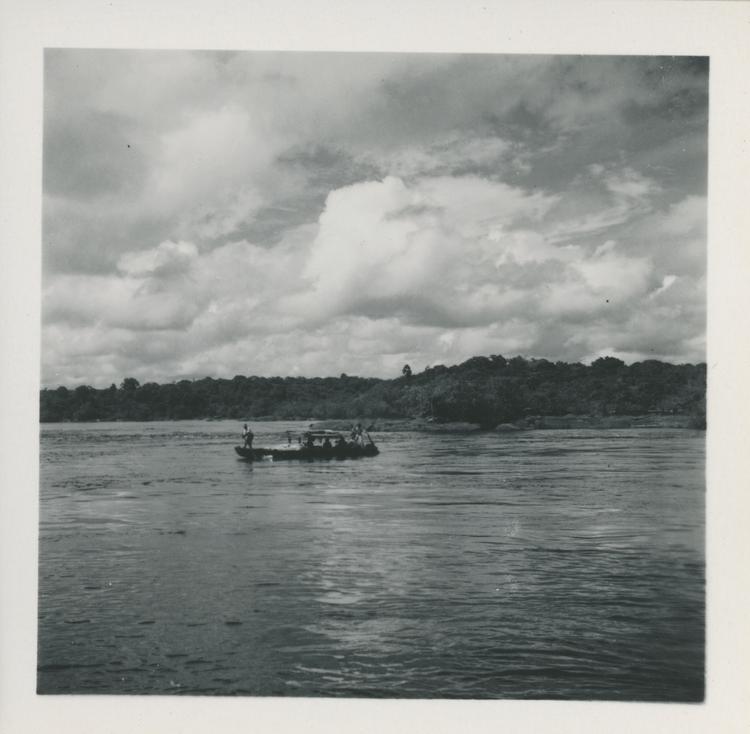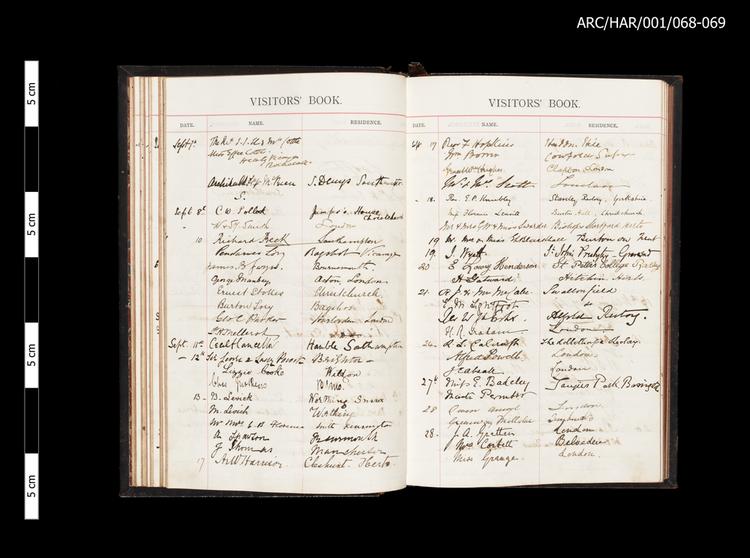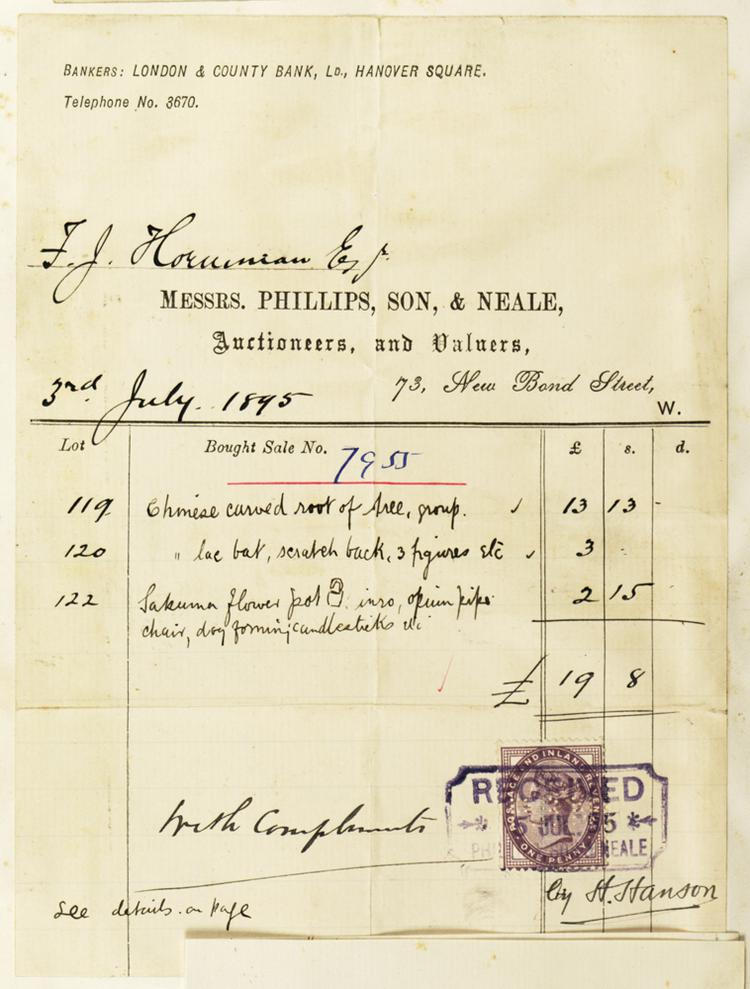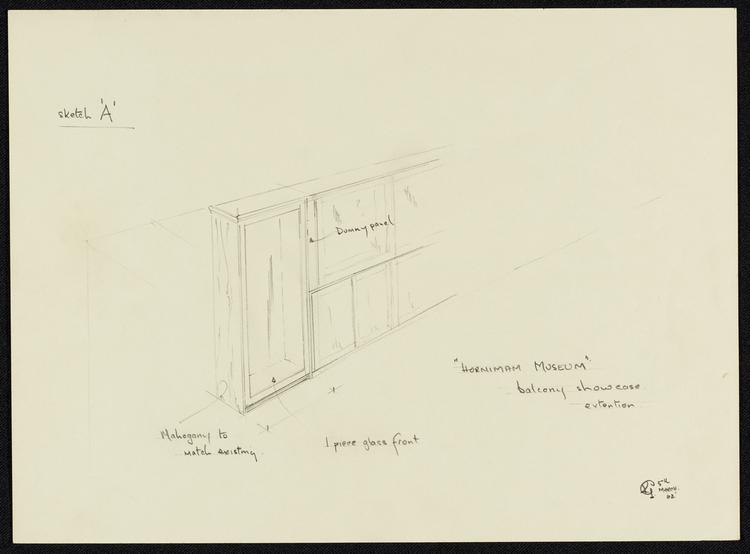
One article reprint from the City Press, August the 4th 1886, describing two visits to the Surrey House Museum during the Bank Holiday of the previous week. The first visit, of Mr. S. Ballantine of Peckham Central School Board, and 30 of his pupil teachers, on Saturday, is documented in detail. The visitors were impressed with the competence of the tour guides, able to offer a wealth of information for all objects displayed, as well as with the clear and informative labelling system on each item. The Ancient Manuscripts and Book Room section was inspected first, then the ancient artefacts and Japanese curiosities sections. The following collection, Armour and Arms, marked the crossing into the Museum proper. The colourful variety of coral, butterflies, insects and birds displays impressed the visitors in the next section, as well as a memorable collection of curiosities: musical chairs and birds, a chicken with four legs and four wings, or a comb used by Queen Elisabeth. Each member of Mr. S. Ballantine’s group received at the end, as a memento of the visit, a Japanese book of illuminated pictures. The second visit from Bank Holiday Monday is documented in one paragraph: the morning visitors to the Museum were the employees of the Forrest Hill Post Office, followed by those of the Sydenham office in the afternoon, the inmates of the Girls’ Industrial Home, and two parties of working men. Although the Surrey House Museum was not open to the general public at that time, Mr. Horniman had expressed his intention to allow various parties to visit the Museum in the evenings.

































































































































































































































































































































































































































































































































